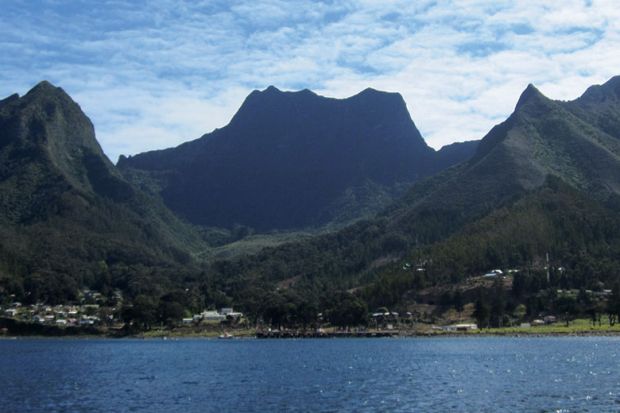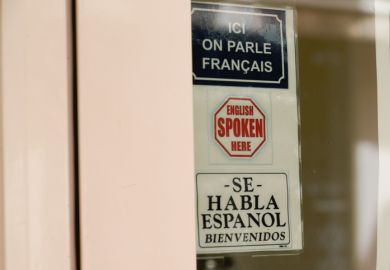The thought of being marooned on a remote island, alone or in a small group, has a strong grip on the imagination, as attested to by the enduring popularity of Daniel Defoe’s Robinson Crusoe and modern pop culture products such as the reality TV programme The Island with Bear Grylls.
In Crusoe’s Island, naval historian Andrew Lambert traces the history of island castaways and the rich cultural history that their experiences have inspired. As he demonstrates, the fascination with islands, many of them mere specks in vast oceans, has long been a particularly English and British trait, reflecting an identity forged in our globe-spanning maritime history. In this imaginative book, Lambert uses the history of one small group of Pacific islands to illustrate England’s and Britain’s break with a narrow European sense of identity as it turned into a global power, and demonstrates the role that literature played in this transition.
Juan Fernandez, a group of islands in the Pacific some 400 miles (643km) west of Valparaíso, was discovered in 1574 by the Spanish mariner who would lend his name to them. The rulers of Spain’s vast American empire would make little use of them; however, realising their possible utility to enemy powers, they wisely kept their existence secret. Although Spain’s galleons linked Peru to the Caribbean, their main purpose was to carry and safeguard the flow of silver to Madrid, a flow that would be threatened when English seafarers penetrated the Great South Sea and turned to piracy and privateering. They found rich plunder in the cargoes of silver and learned, says Lambert, “that the key to this ocean would be a tiny island off the coast of Chile, discovered and abandoned by the Spanish”.
Thus began the British romance with the South Seas, seen as a kind of maritime El Dorado. Buccaneers were followed by expeditions backed by investors beguiled by promises of fortunes to be made, and then by the Royal Navy. All found an invaluable base in Juan Fernandez with its fresh water, meat, fruits and vegetables. It was not long before intriguing tales sprang up of people marooned there for several years, including a Miskito Indian crewman named Will, four mutinous members of a British expedition, and the Scottish seaman Andrew Selkirk. Unlike the others, Selkirk marooned himself, although he rued his decision and for some time led a miserable existence before adjusting to solitary existence, “finding food and a sexual outlet among the goats”. When privateers found him, he was described as “a Man cloth’d in Goat Skins, who looked wilder than the first Owners of them”.
Robinson Crusoe, published in 1719, was by far the most successful of the many publications inspired by the interest in distant islands and their castaways. Defoe’s model was clearly Juan Fernandez, although he transferred it to America’s other ocean, placing his island at the mouth of the Orinoco River. Crusoe is an idealised Selkirk, while Will, his predecessor, became Man Friday. (It was not Selkirk’s first literary incarnation; an earlier account by essayist Sir Richard Steele had transformed him into a Christian gentleman.) The time was right for a Scottish hero, for, while Selkirk had been marooned, the Act of Union had been passed; as Lambert wryly notes, he “may have left England a foreigner, but he returned a British mariner”. As a result of Defoe’s novel, a Spanish-speaking archipelago that has never been a British possession today has Crusoe Island as its main island, while another bears Selkirk’s name.
Crusoe’s Island is a brilliant achievement that demonstrates Lambert’s vast knowledge of maritime history.
A. W. Purdue is visiting professor in history, Northumbria University.
Crusoe’s Island: A Rich and Curious History of Pirates, Castaways and Madness
By Andrew Lambert
Faber & Faber, 320pp, £20.00
ISBN 9780571330232
Published 15 September 2016
POSTSCRIPT:
Print headline: British destiny is in the next isle
Register to continue
Why register?
- Registration is free and only takes a moment
- Once registered, you can read 3 articles a month
- Sign up for our newsletter
Subscribe
Or subscribe for unlimited access to:
- Unlimited access to news, views, insights & reviews
- Digital editions
- Digital access to THE’s university and college rankings analysis
Already registered or a current subscriber?




